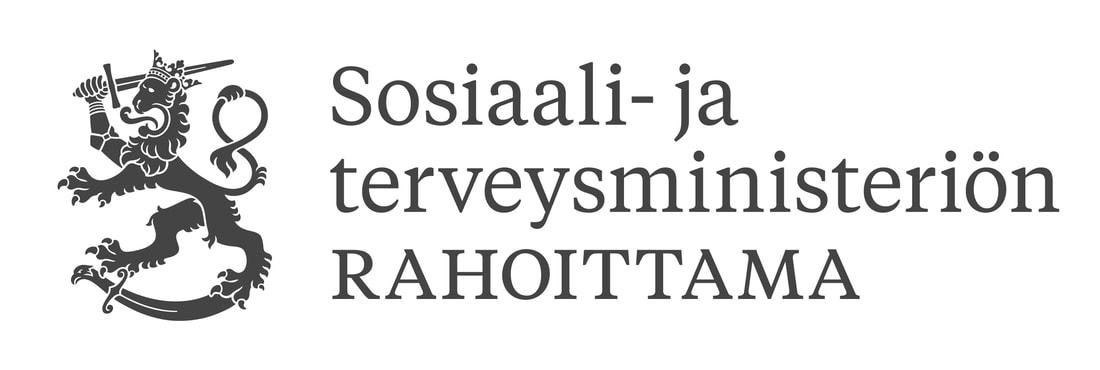|
The first step to becoming a good communicator with your partner is to know about your own communication style. As a second step, it is also important to be aware of the communication style your partner is using. This chapter will give you insights into different personal and culturally based communication styles. We are sure you will be able to find yourself and your partner in some of the described cases.
personal communication stylesGenerally speaking, there are three major styles of communication:
In general, the assertive style is the most desirable communication style and the one you should try using with your partner. Adjusting to it might be a long process and it often involves the reversing of habits that have been learned in a lifetime. exercise: Matching sentences with communication stylesTry our exercise and see if you can match these sentences with a corresponding style of communication:
Which style do you prefer to hear? Can you come up with some phrases of your own?
cultural communication stylesStudying culture without experiencing culture shock is like practicing swimming without experiencing water.” One very important point to improve the communication skills between you and your partner is to be aware of the cultural differences between the two of you. Prejudices or other barriers are often not the reason for bad communication it is the ignorance, the lack of understanding of the other person's culture and the influence it has on the style of communication. Being aware of the differences in communication styles between the culture of your partner and your own culture might be a first step out of your struggles.
One of the great experts in the field of intercultural communication, Geert Hofstede, calls communication styles the "software" of communication. The way we communicate depends on where we were born and raised, how we saw other people around us communicating growing up and the norms of the society we have been exposed to in our formative years. In other words, it depends on our culture. Hofstede, (2001) emphasises three steps to successful, nonviolent intercultural communication:
exercise: Determining your own communication styleNow, together with your partner, take a look at the following exercise and try to find out your own culturally based communication styles. Read through the different styles presented. In which group do you find yourself and in which group do you see your partner? Discuss how these different communication styles might influence your relationship.
Read with your partner through the different communication styles presented. In which group do you find yourself and in which group do you see your partner? Discuss how these different communication styles might influence your relationship.
To learn more about cultures and how they affect our communication and different aspects of our lives, we suggest Hall E. (1976) Beyond Culture book. Please refer to our "Further Learning" section.
|
QUICK LINKS TO THE COURSE THEMES
FURTHER LEARNING:
Watch the following videos and reflect on your own cultural background and how you may be able to spot it in your everyday behavior and interaction with others.
Cross cultural communication | Pellegrino Riccardi | TEDxBergen
The first video is about cross-cultural communications by Pellegrino Riccardi. Pay attention on how he highlights values as key element in cultural behavior. Think of values important to you and how those values show in your communication with your partner. How Culture Drives Behaviours | Julien S. Bourrelle | TEDxTrondheim
Watch this video on culture shaping behavior. Pay attention to the emphasis the speaker places on the role of attitudes. Reflect on the possible attitudes or mindsets you carry that differ from those of your partner’s. What Is The Difference Between A High-context And Low-context Culture?
Watch the video to learn more about Hall's theory of cultural communication styles and High and Low Cultures. |
|
|
© Familia 2024


